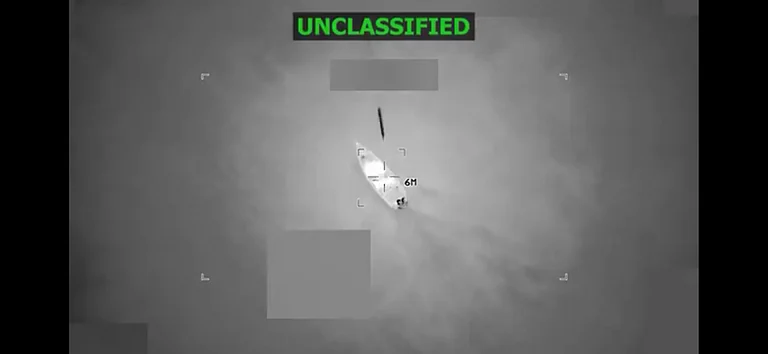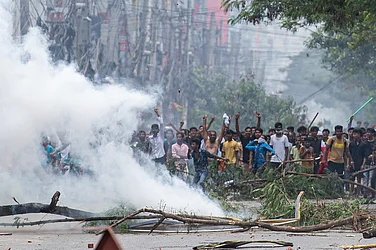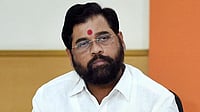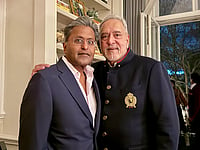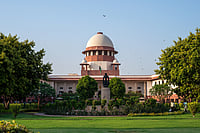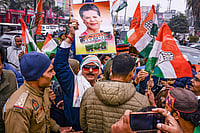
Dozens of Pentagon journalists reject new press rules and turn in badges.
Defence Secretary Hegseth defends restrictions as “common sense.”
Major outlets vow to continue reporting military news from outside the Pentagon.
Dozens of journalists turned in their Pentagon access badges and left the building on Wednesday after refusing to accept new rules imposed by Defence Secretary Pete Hegseth that they say would severely restrict press freedom and independence in covering the United States military.
The Defence Department had set a 4 p.m. deadline for reporters to sign an agreement outlining the new conditions for access. The rules would make journalists vulnerable to expulsion if they reported any information, classified or otherwise, that had not been specifically approved for release by Mr Hegseth. According to AP, nearly all major news organisations rejected the terms.
As the deadline approached, reporters packed up offices inside the Pentagon. Boxes of files and books filled corridors, and chairs and personal items were carried out to the car park. Shortly after 4 p.m., between 40 and 50 reporters walked out together after handing in their badges.
“It is sad, but I am also really proud of the press corps that we stuck together,” said Nancy Youssef of The Atlantic, who has reported from the Pentagon since 2007. She took with her a map of West Asia from her long-held workspace.
The new policy’s practical impact remains unclear, but editors and reporters said they will continue their coverage of the military from outside the building. “To agree to not solicit information is to agree to not be a journalist,” Ms Youssef said. “Our whole goal is soliciting information.”
Mr Hegseth, a former Fox News Channel host appointed by President Donald Trump, has defended the restrictions as “common sense.” He said the signature requirement merely acknowledges the rules rather than expresses agreement. Reporters and press-freedom advocates dismissed that distinction, arguing that the policy would allow officials to control the flow of information entirely.
“What they are really doing, they want to spoon-feed information to the journalist, and that would be their story. That is not journalism,” said retired United States Army General Jack Keane, speaking on Fox News. He said that when he served, he required new generals to study the role of the media in democracy so they would not see journalists as adversaries.
Mr Trump publicly supported his defence secretary’s approach, telling reporters at the White House on Tuesday that the press “is very dishonest” and “disruptive in terms of world peace.” AP reported that the president has previously clashed with major outlets including The New York Times, CBS News, ABC News, The Wall Street Journal and AP itself over coverage of his administration.
Since taking office, Mr Hegseth has sharply reduced press briefings, restricted unescorted access within the Pentagon and initiated internal investigations into alleged leaks. AP reported that he has held only two formal press conferences.
The Pentagon Press Association, representing 101 correspondents from 56 outlets, issued a statement opposing the new rules. News organisations ranging from legacy media like AP and The New York Times to conservative-leaning outlets such as Fox News and Newsmax instructed their reporters to leave rather than sign. Only One America News Network agreed to the conditions.
Gabrielle Cuccia, a former Pentagon reporter for OANN who was dismissed earlier this year after criticising Mr Hegseth’s media policy, told AP she believed her former employer signed on in hopes of gaining greater access to Trump administration officials.
Heather Mongilio of USNI News, which covers the United States Navy, wrote on social media that she was “proud” to have worked inside the Pentagon but would continue reporting after returning her badge. “The reporting will continue,” she said.
Tom Bowman of NPR, in a column reflecting on his years covering the Pentagon, wrote that his reporting often relied on sources willing to speak candidly about military operations and policy. “They knew the American public deserved to know what’s going on,” he wrote. “With no reporters able to ask questions, it seems the Pentagon leadership will continue to rely on slick social media posts, carefully orchestrated short videos and interviews with partisan commentators and podcasters. No one should think that’s good enough.”
According to AP, supporters of the administration are unlikely to be moved by the journalists’ protest, as many share the president’s distrust of the press. But for the reporters who left on Wednesday, the walkout marked an effort to preserve access to information independent of government control, even if that now must be done from outside the Pentagon’s walls.
(With inputs from AP)











